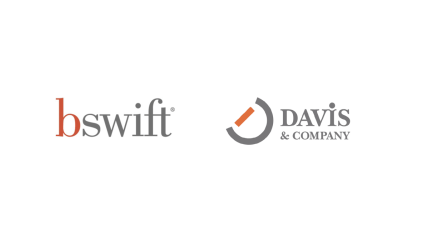
Recently, Shopify announced a “calendar purge” focused on reducing the number of meetings to “give employees more time to work on other tasks.” The purge included two full meeting-free weeks to start the year, no meetings on Wednesdays and large meetings (50 or more people) contained to one day a week.
The actions are admirable and might work for Shopify. But, meetings are not the opposite of productivity—ineffective meetings are.
When meetings are done right, employees leave feeling motivated, clear on what they need to do and great having had a chance to connect with colleagues for a bit.
Here are five ways to help make sure your meeting isn’t a waste of employees’ time:
- Start with objectives, not content
Very often, meeting hosts start with “here’s what we need to cover.” Instead, try considering what you want the outcomes of the meeting to be. What will you learn from attendees? What will they think or do as a result of attending? If your answers seem to focus on only sharing information, a meeting isn’t the right tool for the job.
However, if you want to hear opinions and ideas, solve a challenge or define a new process, then a meeting is a good place to start. Capture the meeting’s objectives and share them with attendees so everyone is on the same page.
- Define roles
Every attendee at your meeting should be there for a reason. As you create your attendee list, capture each person’s role. Are participants there to provide expertise on a specific topic? Ask objective questions? Document output and create a project plan?
If roles are redundant or unclear, cut back your list of attendees. Then, share roles and expectations so everyone has time to prepare.
- Step away from the slides and try interactivity instead
Nobody wants to watch slide after slide, each jam-packed with text. Besides, colleagues won’t retain most of the content.
Instead of putting information on slides, share details through pre-reads and follow-up materials. Use the time together for discussion and interaction. In virtual meetings, you can use polling, chat and whiteboards to engage employees and work on those objectives you identified earlier.
- Agree on actions and be sure to follow up
Your meeting is just one part of the process. Ideally, it kickstarts activities that help your team achieve objectives. Before the end of the meeting, agree on next steps, timing and responsibilities. Include them in your meeting recap (a best practice for ensuring everyone is aligned).
After some time has passed (which may vary depending on the time allotted for action steps), follow up with attendees. Share updates on progress and ask if anyone needs additional information or support.
- Gather feedback and apply it
What is the best way to find out if employees value your meetings? Ask them! You can send a very quick survey (no more than five questions) or you can build in time to ask them:
- Was this a good use of your time?
- What worked well?
- How can I improve my meetings?
- What topics are better covered in meetings vs. other channels?
Use the feedback to make your next meeting even better.
It’s no surprise that we have a love/hate relationship with meetings—there are a lot of bad ones out there! But if we focus on creating engaging, valuable experiences that help us connect and get things done, then perhaps we can have more love than hate.





